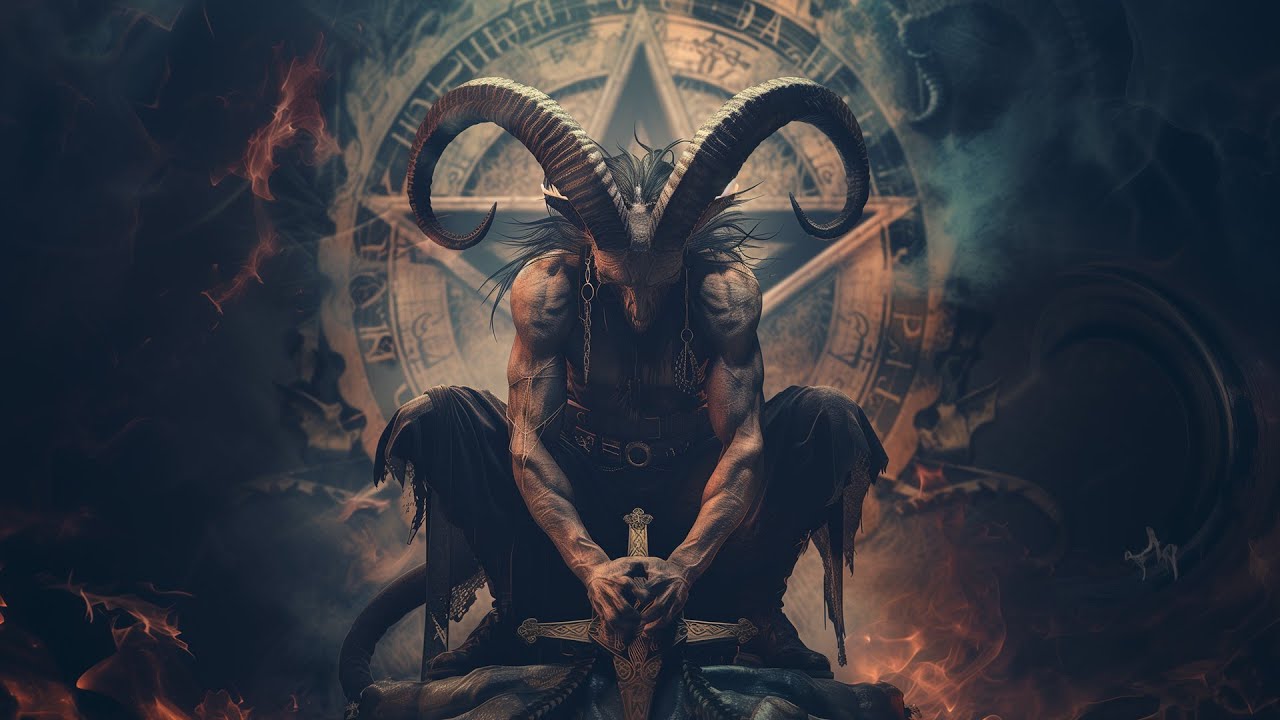
when Horror Yearbook – Baphomet first appeared in historical records during the time of the Crusades. Crusaders accused enemies of invoking a mysterious deity with that name. Later, during the 14th century, members of the Knights Templar were interrogated and tortured. Some of them confessed to worshipping a figure known as Baphomet. These claims were widely disputed and are now believed to have been extracted under duress. Still, the myth of Baphomet grew stronger over time. Historians suggest that mistranslations or misunderstandings contributed to the confusion surrounding the name. Despite lacking clear origin, the symbol became entangled with ideas of secret rituals and forbidden knowledge. By the 1800s, interest in the occult helped revive Baphomet’s name. Symbolism became layered, and the name carried weight in underground societies. From the very beginning, Baphomet was linked to mystery, secrecy, and power, making it a natural fit for secret societies.
In the 19th century, French occultist Éliphas Lévi redefined the image of Baphomet. He introduced the iconic goat-headed figure with wings, female and male traits, and one hand pointing up while the other pointed down. Lévi designed the figure as a symbol of harmony and balance between opposites. He believed this version of Baphomet represented alchemical principles such as destruction and creation. The torch on Baphomet’s head symbolized divine knowledge. On its arms, the words Solve and Coagula stood for the breakdown and rebuilding of matter. The figure became powerful not because of fear, but because of what it stood for. This version of Baphomet became widely adopted by occult groups. These groups believed in spiritual enlightenment and personal transformation through hidden knowledge. Baphomet’s image evolved into something symbolic rather than literal. That symbolism still influences many groups today who see Baphomet not as a demon but as a guide.
“Read about: Is Poseidon Just a Legend? This Might Change Everything You Thought You Knew”
Throughout modern history, secret societies have fascinated people across the world. Groups like the Freemasons and Rosicrucians have often been linked with mystical beliefs. Although no direct proof connects them with Baphomet worship, speculation runs deep. Popular culture adds to the idea that secret groups practice rituals involving ancient symbols. In recent decades, newer groups like The Church of Satan and The Satanic Temple openly embraced Baphomet iconography. Their adoption is not based on worship but on philosophy. They use the symbol to promote free thought, challenge religious dominance, and defend separation of church and state. A large statue of Baphomet has even been created and displayed in protest against religious monuments in public spaces. Despite controversy, these groups defend their position using legal and moral arguments. They claim that Baphomet stands for balance, logic, and human rights rather than evil. This makes Baphomet both powerful and divisive in public conversation.
“Read more: This Is How Calisthenics Experts Build Insane Strength Without Weights”
The image of Baphomet appears frequently in movies, books, music videos, and video games. Filmmakers use the goat-headed figure to create horror and mystery. Writers use the name to represent ancient secrets or evil forces. Music artists sometimes use Baphomet in their performances or merchandise to appear edgy or rebellious. These uses often stir controversy but also bring attention to the symbol. With more exposure, audiences start asking questions. They research its history, symbolism, and meaning. Some discover that the figure is not what they initially thought. Instead of fear, they find ideas of duality, balance, or transformation. This deeper meaning often escapes mainstream understanding. Media tends to simplify or exaggerate for dramatic effect. As a result, Baphomet remains a misunderstood yet compelling figure. Its presence in pop culture ensures its continued relevance and mystery. Every new interpretation adds another layer to an already complex image.
Baphomet’s legacy continues to provoke strong reactions. Some see it as a dangerous symbol tied to chaos and rebellion. Others view it as a misunderstood emblem of truth and enlightenment. Its dual nature reflects humanity’s search for meaning in a world of opposites. Secret societies and modern groups both use Baphomet to represent their beliefs. These beliefs are often outside mainstream religion, making them targets for criticism. The debate surrounding Baphomet reveals deeper cultural divides. Some people fear anything associated with the occult, while others are drawn to the freedom it represents. The legal battles over statues and symbols show that these issues are not just spiritual but political. For many, Baphomet is a mirror. It reflects the hidden fears, desires, and questions that society struggles to answer. That is why the symbol remains powerful. Its presence challenges people to think, explore, and confront what lies beneath the surface.